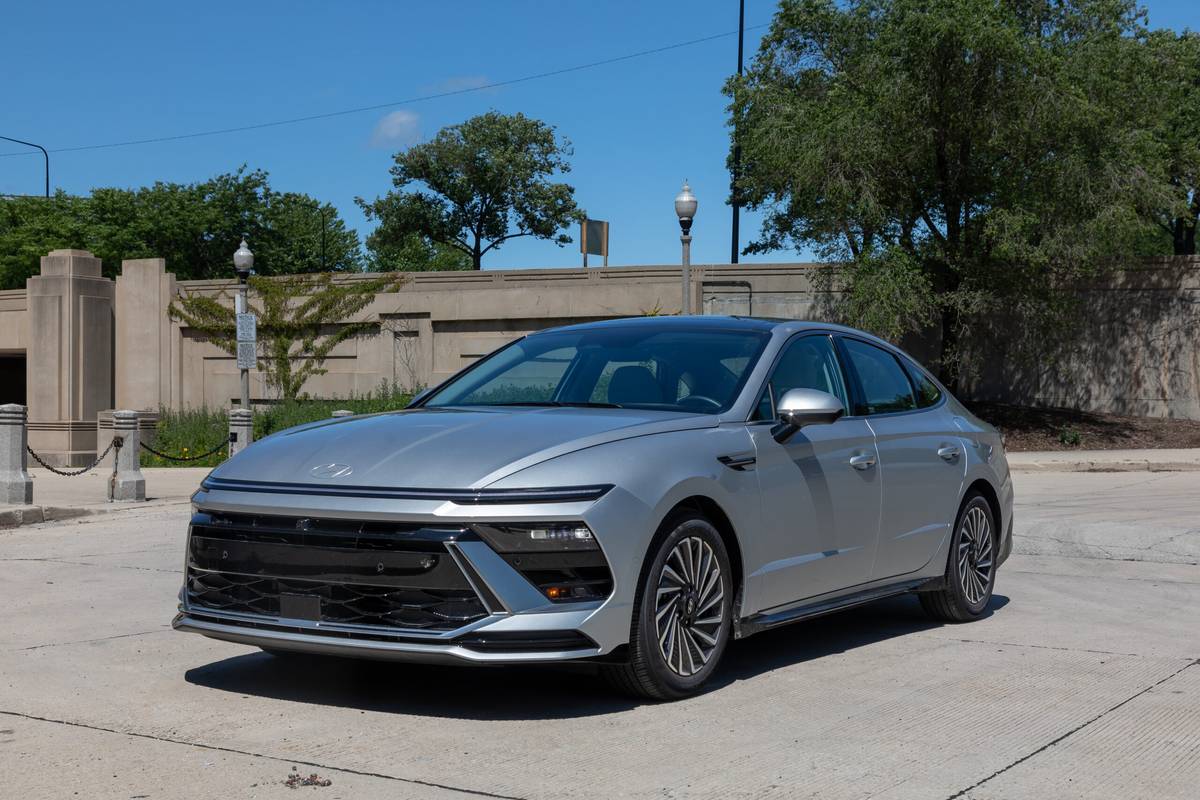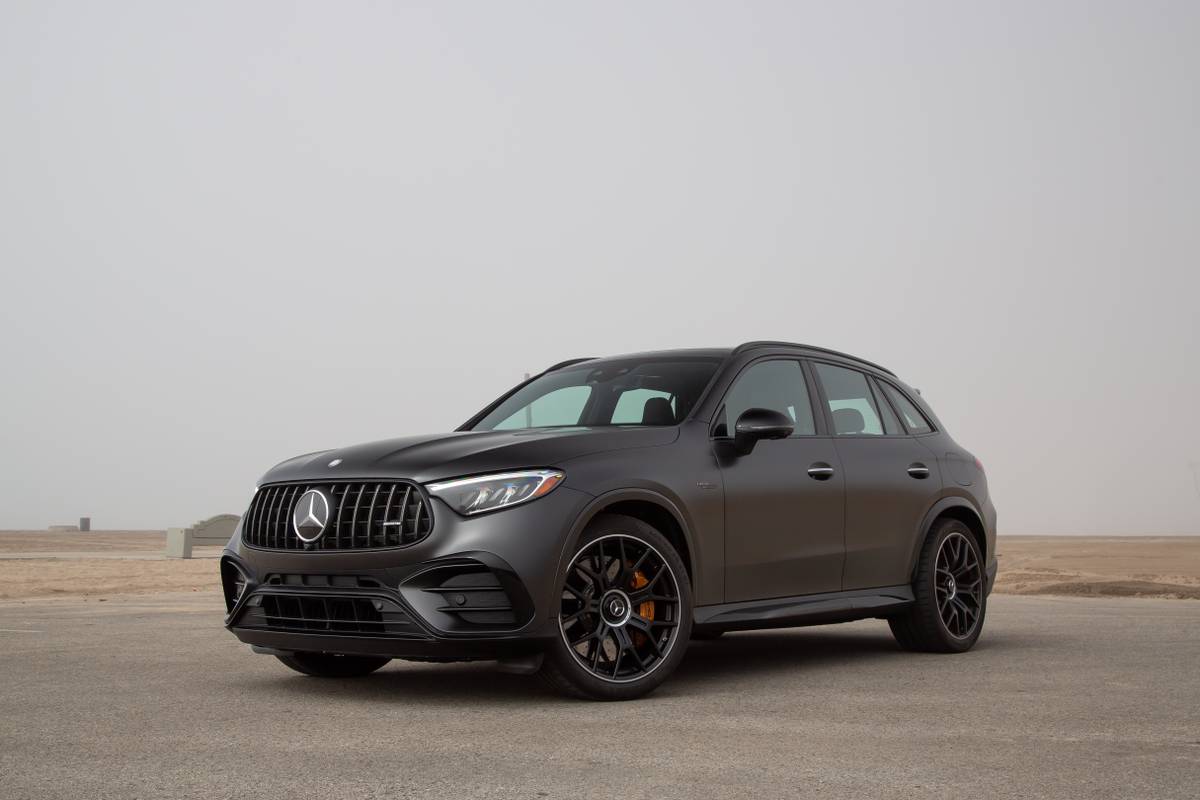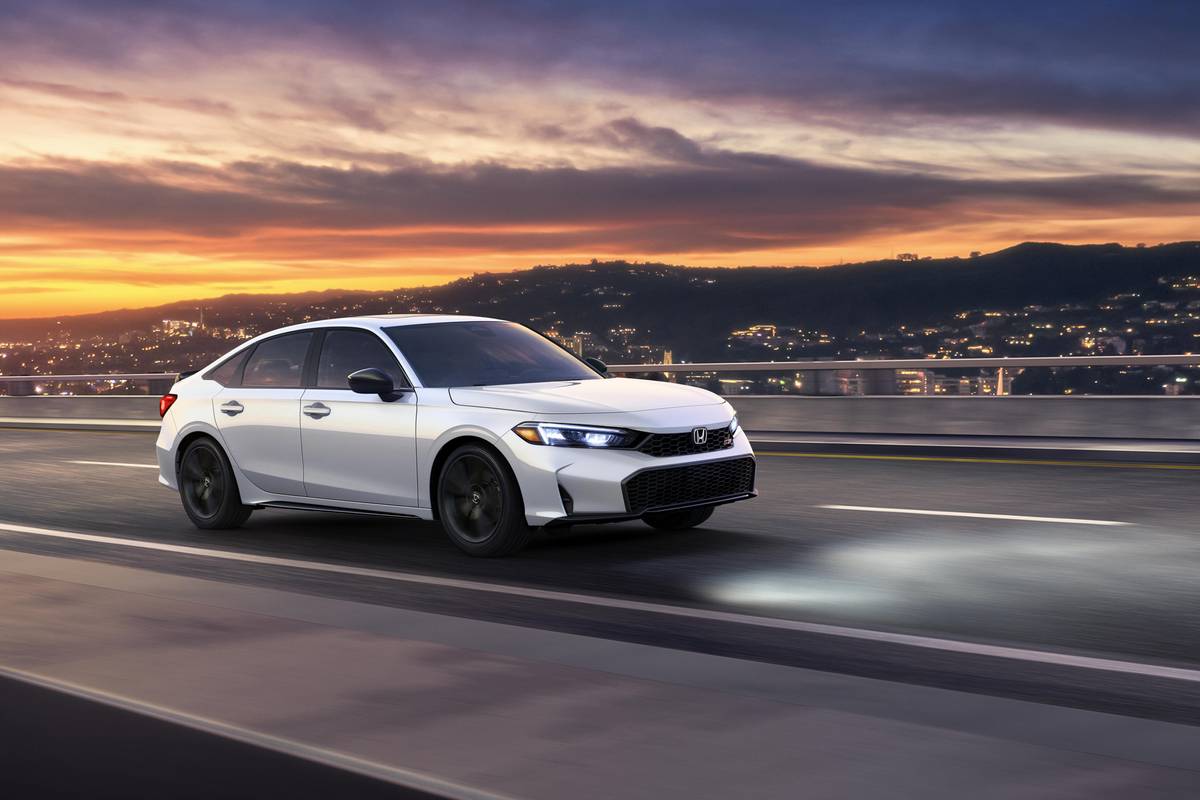washingtonpost.com's view
It was a long box, painted silver. It had four wheels, four doors and seating for seven. It languished in my driveway for three days — and it would have stayed there longer, had it not been for my usual ineptitude in scheduling test vehicles. It was the only one left, the 2001 Volkswagen EuroVan GLS.
I was neither dressed for this nor mentally ready for it. I was wearing sporty shoes, a neat pair of slacks, a body-hugging sweater and a touch-me, feel-me supple leather jacket. Dark glasses finished the ensemble. I looked and felt hip.
But I was looking at the oversized equivalent of a minivan, which meant that no woman, not even my wife, would be looking at me.
I tried to con my wife. “Baby, pretty lady,” I said. “Why don’t you take the EuroVan? I’ll drive your truck.”
She didn’t even turn around. “I am not driving a minivan!” she said, slamming the front door as she left the house. That hurt.
So there I was, stuck behind the steering wheel of something large enough to carry a basketball team. I would’ve felt better had it been a sport-utility vehicle. At least, those leviathans have attitude. But the EuroVan?
I cranked the engine, backed out of the driveway and put it in “drive.” Whoa! What was that? It felt more like a VW Passat sedan than it did a minivan. It moved! It also did nicely in curves, cornering at reasonable speeds without swaying, tilting or tipping.
Ah, Volkswagen. The German automaker is moving on all fronts to increase its sales in the United States. That includes minivans — a difficult objective, considering the number of rivals already in that market.
Volkswagen believes it can compete by offering more for less. That is why the company dropped the EuroVan’s anemic 140-horsepower V-6 and replaced it with a 24-valve, 201-horsepower six-cylinder engine. That puts the EuroVan in the fast lanes with the Chrylser Town & Country (218-horsepower V-6), the Toyota Sienna (210-horsepower V-6) and Ford Windstar (200-horsepower V-6). The Honda Odyssey leads the minivan race with a 240-horsepower V-6. But the EuroVan offers more interior space than its rivals. It also comes with something that should be standard on every sport-utility vehicle, pickup truck and van: an electronic stability and traction-control system.
That system employs sensors and computers to help stabilize a vehicle in emergency maneuvers, or sharp turns. Its aim is to help prevent the vehicle from swerving and rolling over. It is especially effective on models such as the EuroVan, which has a high center of gravity and is, without the system in place, more likely than cars to roll over.
Volkswagen also added four-wheel anti-lock brakes as standard equipment, along with a raft of power items including windows and locks.
The EuroVan’s suspension system and body rigidity have also been improved. The result is a tightly constructed minivan that handles so well, it does not feel like a minivan at all.
But a minivan it is. The interior proves that much. It is loaded with cup holders and storage bins. There is so much space between the seats front to rear, the aisles can serve as demilitarized zones on family trips.
The kicker is that Volkswagen is offering the upgrades at a reduced price. The 2001 EuroVan GLS, for example, carries a base sticker price of $26,200, 16.3 percent less than $31,300 charged for the 2000 model. The EuroVan MV version, which comes with a pop-up camper top, is $27,700, 15.5 percent less than $32,800 charged for the comparable model in 2000.
I wound up driving the EuroVan daily, even after the arrival of several snazzier vehicles. This made my wife nervous. She asked if I was having “some kind of a crisis.” She stared as I pulled out of the driveway and stared even more on a day when I parked the EuroVan, got out and patted its hood.
“Honey, what’s g ing on?” she asked. “Nothing,” I said. Her look said she didn’t believe me.
Latest news



